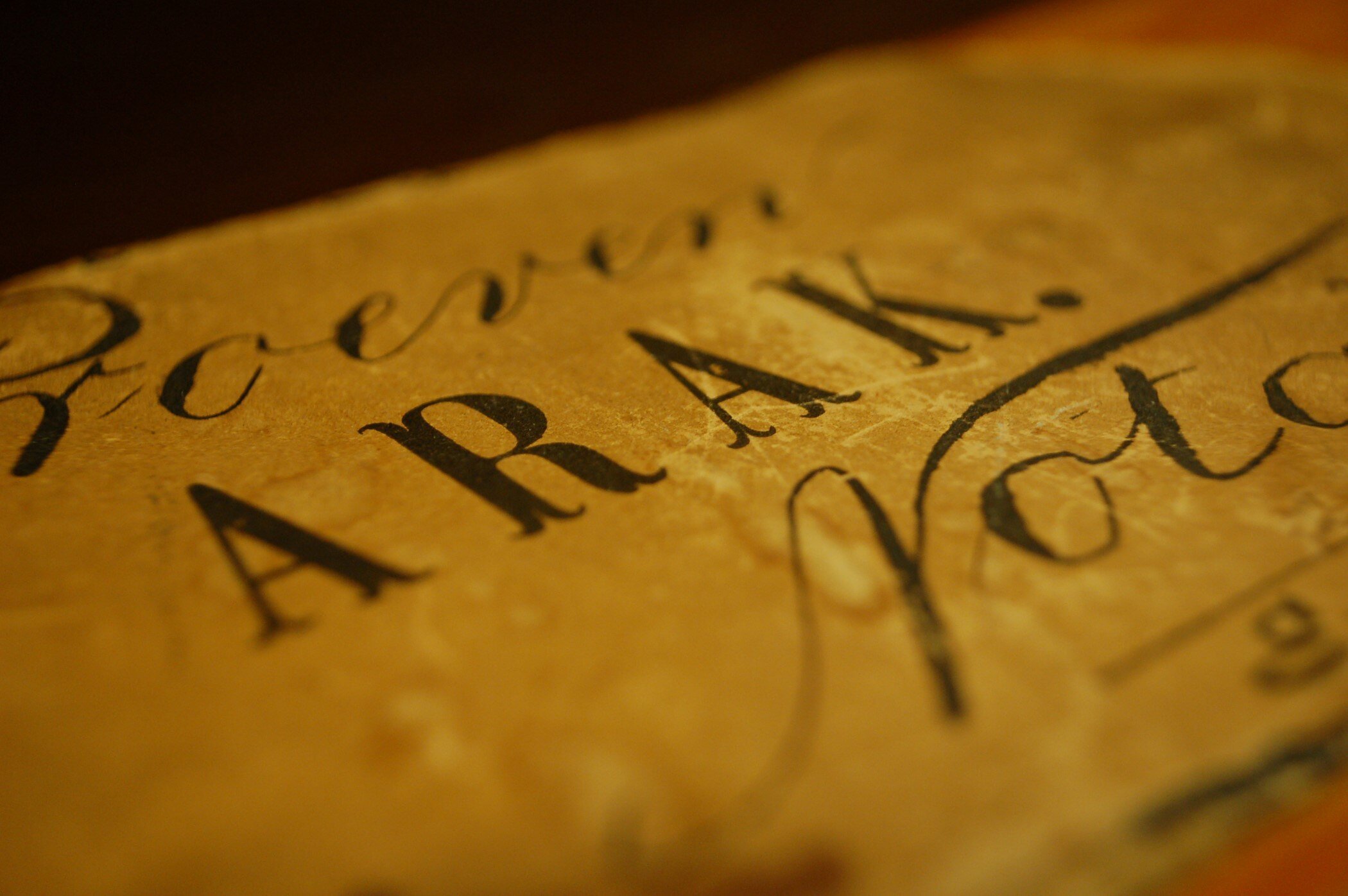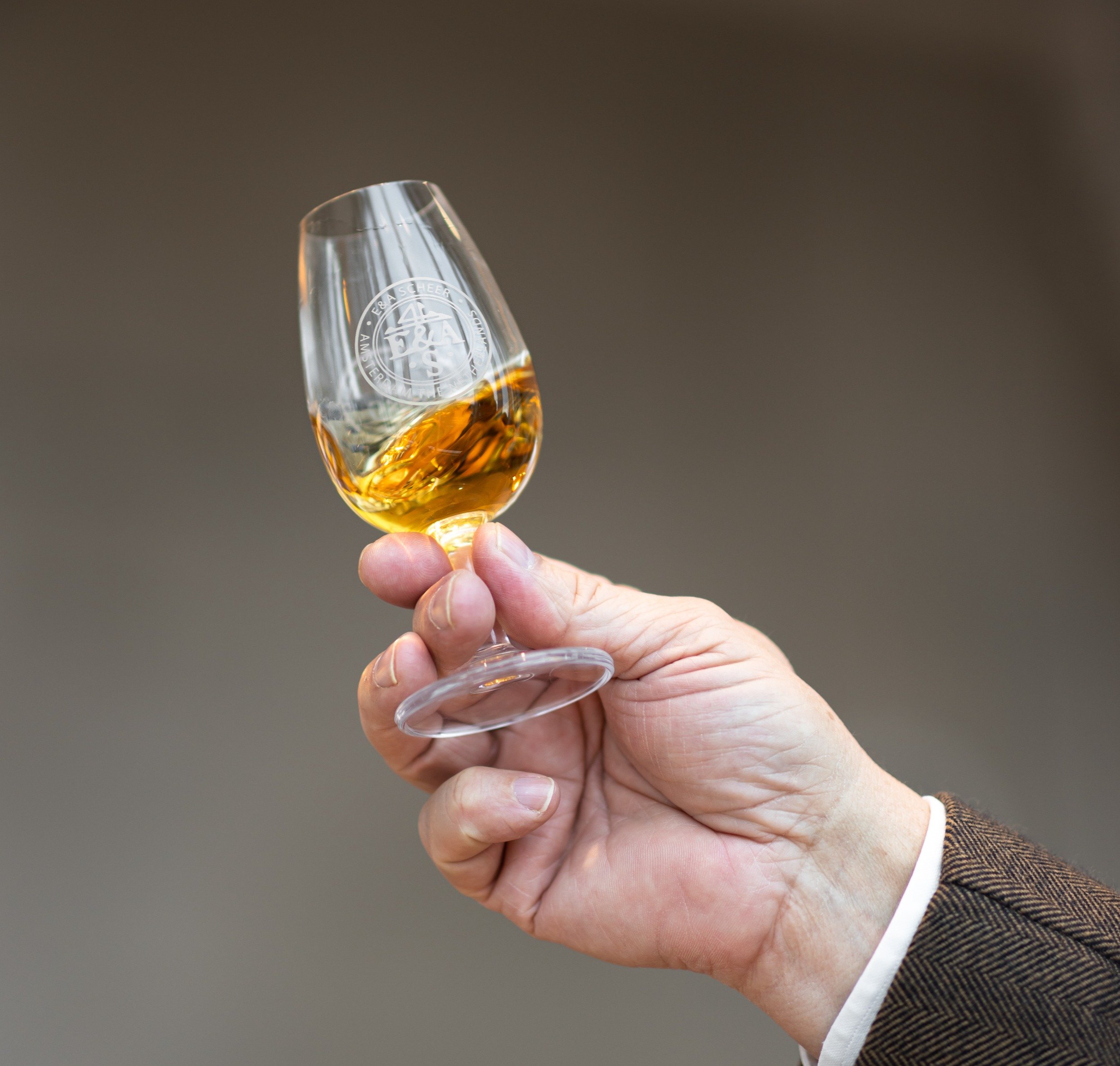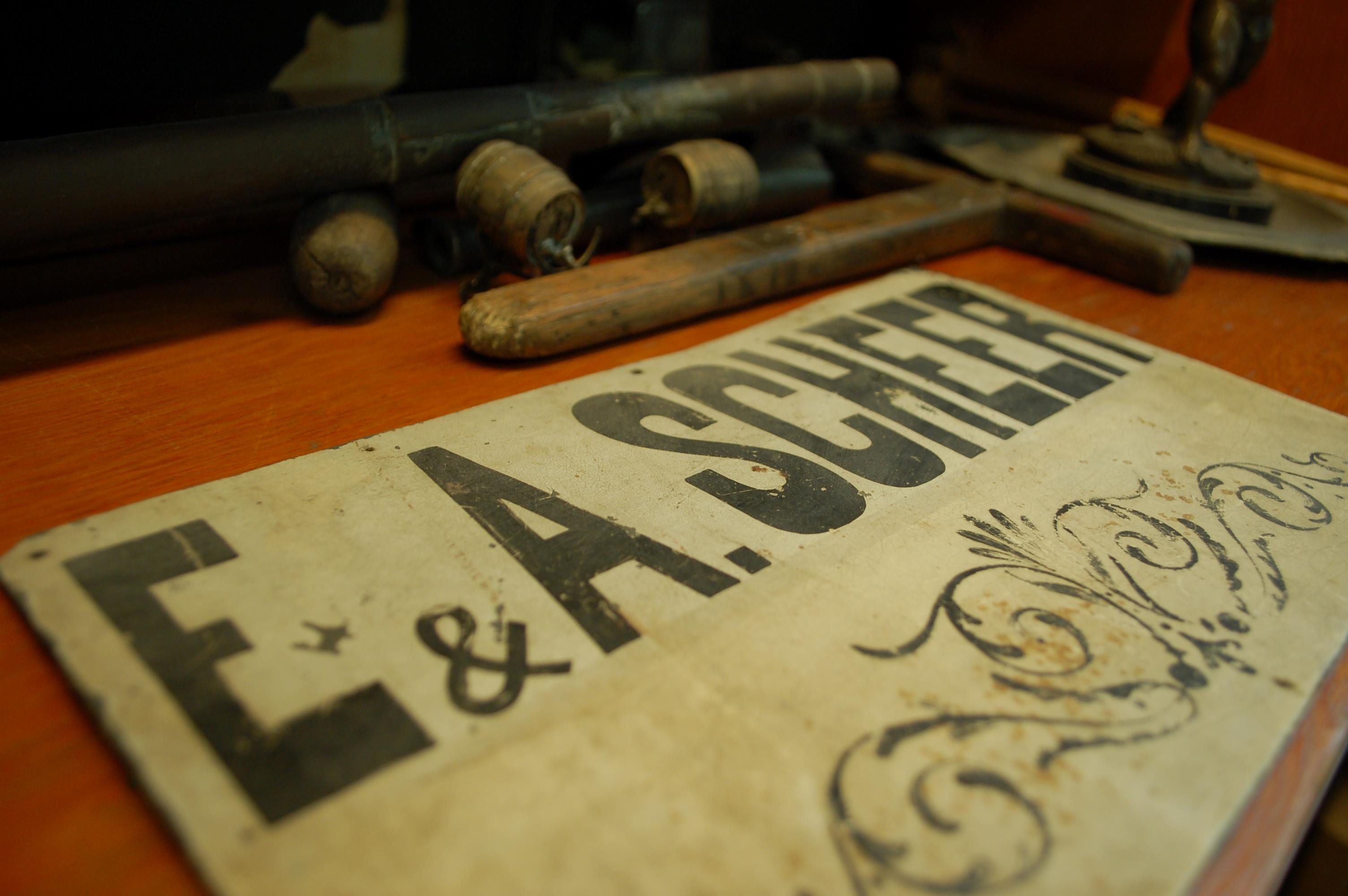Rediscovering the World's First Luxury Spirit: Batavia Arrack. Part II
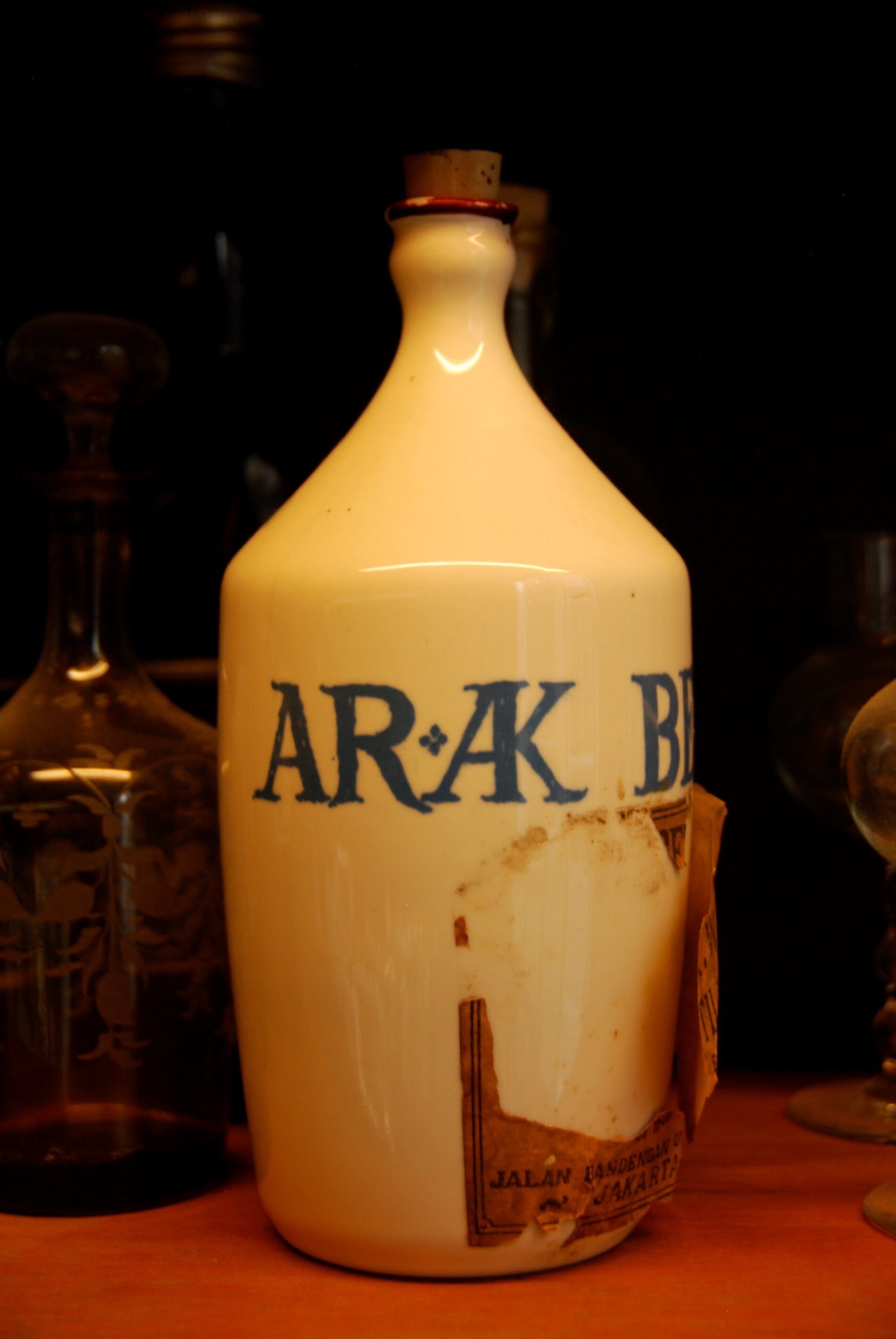
When Dutch traders (of the heavily-armed variety) reached Indonesia at the end of the 1500s, in some of the port towns on the northern coast of Java they found the overseas Chinese community distilling a particularly potent, heady and tasty spirit from rice and palm wine.
Originally, this “arrack,” as it was called, was for local consumption, if illicitly: the native Javans had fairly recently converted from Hinuism to Islam. Nonetheless, as the chronicler of the first Dutch voyage there wrote in 1597, the Javans clearly clung to some of their old ways, as they would “by night come to buy, and drinke it secretly, for by Mahomets law it is forbidden them.” To this end, each distillery served also as a tavern.
Between 1603 and 1605, Edmund Scott, a representative of the newly-formed English East India Company, lived next door to one of these in the town of Bantam, where the English, seeing the success of the Dutch scouting mission (it made a 400-percent profit), had sent some traders—too late, as it turned out, since the Dutch had already come back, and in force, and they were not the sorts to tolerate competition.
Scott’s experience was not a happy one: the distillers tunneled under his warehouse and set it on fire while trying to steal the goods within. They were able to hide the tunneling by stashing the dirt and groundwater in their many wash-tubs and mingling the diggers in with the crowd coming to drink there. When both the local authorities and their allies the Dutch traders, already well established there, refused to help him, Scott and his men took justice in their own hands and interrogated some of the neighbors to get them to reveal the guilty parties. The victims told them nothing, despite, in Scott’s chilling, matter of fact account, undergoing the most hideous torture.
Even with that experience, unpleasant for all involved, subsequent British voyagers made sure to stock their ships with Javan-Chinese arrack before sailing for home, loading their holds with the two-quart stoneware jars it came in. Indeed, in 1614 one Captain Jourdain blew all his ship’s money on these, most of them for his own use. His crew did not approve.
In 1619, the Dutch founded a permanent colony in Java, at Jayakarta, 50 miles to the east of Bantam, in the process chasing out both the hostile Javans and the English, who had a trading post there. They renamed it “Batavia,” after the old Roman name for the Netherlands. Having gotten rid of the locals, they looked at the success the Spanish had in populating their colony of Manila with Chinese traders and craftsmen from Fujian (between 1571, when they founded the colony, and 1586, the Spanish lured some 10,000 Chinese workers and craftsmen there) and invited in their own Fujianese. Unlike the Spanish, however, the Dutch controlled them only loosely: the Chinese were able to pursue their businesses and live where they wanted, but the Dutch handled the wholesale and export traffic and provided capital (for a hefty cut, of course). One of the first things the Dutch did is finance a Chinese-manned sugar industry: cane grew beautifully in Java, but the natives simply ate it and had no interest in pressing out, boiling down and crystallizing the juice. Sugar wasn’t as profitable as spices, but it shipped well and the margins were still plenty high. That left the Chinese sugar-makers with a lot of molasses on their hands.
We see the solution to that problem in 1641, when Dutch records show a new distillery was established in Batavia (Chinese-run, of course) to make arrack, “which must be distilled from . . . rice and sugars.” We don’t know if this was the first to do such, but the molasses, a particularly, black, sticky variety, was there in the arrack to stay. Nor do we know if its addition was a Dutch idea or a Chinese one, or one inspired by the example of the molasses-based arrack made in Bengal; there was no shortage of Bangla traders in Java. But as, basically, industrial waste the molasses was there for the taking and neither the Chinese nor the Dutch were known as wasteful people. Its addition made Batavia arrack a true hybrid of Chinese “samshoo,” as Europeans called their baijiu at the time, Indian palm-arrack, and Caribbean rum. Somehow, it worked.
I don’t know of any seventeenth-century descriptions of the precise arrack-making process, but the one Stamford Raffles provided in 1817 can’t be too different, although it’s likely more palm wine and less molasses was used in the early days (indeed, by Raffles’s time, some distilleries had done away with the palm wine altogether):
“About seventy pounds of ketan (glutinous rice) is heaped up in a small vat [this must include the qu; the dry cakes of moldy, yeasted rice traditionally used in South China to start fermentation—DW]; round this heap or pile one hundred cans [i.e., 54-oz buckets] of water are poured, and on the top twenty cans of molasses. After remaining two days in this vat, the ingredients are shifted to a larger vat adjoining, when they receive the addition of four hundred cans of water and one hundred cans of molasses.
Thus far the process is carried on in the open air. In a separate vat within doors, forty cans of palm wine or toddy from the cocoa-nut tree, are immediately mixed with nine hundred cans of water and one hundred and fifty cans of molasses. Both preparations being allowed to remain in this state for two days, the former of these preparations [the rice-molasses mix] is carried to a still larger vat within doors, and the latter [the palm wine-molasses mix] being in a vat placed above, is poured upon it, through a hole bored for the purpose near the bottom.
In this state the preparation is allowed to ferment for two days, when it is poured into small earthen jars, containing about twenty cans each, in which it remains for the further period of two days: it is then distilled.”
Then it was distilled again, and sometimes one more time, either on its own or with star-anise, which addition yielded a cordial that the Dutch liked to drink on its own, rather than mix into Punch. In any case, the best grades ended up at between 60 and 70-pervent alcohol.
The same 1641 chronicle that introduces the molasses commemorates another innovation, the introduction of the “legger,” or, in English, “leaguer.” This was a 150-gallon (more or less) cask for storing and shipping the arrack in. Leaguers, used to replace the cumbersome and fragile stoneware jars, were made not from the traditional oak, one of the few things that doesn’t grow in Indonesia, but from teak, which does. Wood aging was not a standard feature of Chinese or indeed Asian distilling at all. In seventeenth-century Europe, however, it was just coming into use, with the newfound fame of Cognac, which pioneered the practice.
Like many modern micro-distilled spirits, Cognac was considered old at two years in the barrel. Small wonder that Batavia arrack, when it first reached Europe, was seen as a luxury good: while it wasn’t two years old, the six to nine months it spent sloshing around in a stiflingly hot ship’s hold would have accelerated its aging considerably, even in the much larger barrels. (We know that the teak the leaguers was made from was plenty reactive because when they were shipped to the Dutch Cape colony in South Africa, the wine that farmers stored in the empty barrels promptly turned brown and woody.)
I don’t know when the first leaguers of arrack reached Europe. In 1665, the smutty English author Richard Head had the hero of his novel, the English Rogue, drinking “rack” Punch in Bantam, without feeling the need to explain what that was. By then, Punch—a sailor’s drink, originating somewhere in the English East India trade—was making rapid inroads in London social life. Much of this was based on French brandy, the best local spirit, but I suspect that some of the arrack with which Dutch and English ships had been stocking their holds to drink on the long voyage back from the East Indies was occasionally left over. In any case, in 1660s London it became rather a fashionable thing to go and drink Punch on a ship newly arrived from the East. Some of that must have been Rack Punch.
Certainly by 1700, Batavia arrack was widely available in London, if at a price. For the next century, it was consistently at the top of every spirits price list, and often by a considerable margin. James Ashley, who kept the famous London Punch House from 1731 to his death in 1776, was selling it for 16 shillings a gallon in 1740, twice the price of cognac, its nearest competitor, and more than twice the price of Jamaica rum. That price stayed more or less stable throughout the century. Yet in 1773, Sydney Parkinson, a crewman on Captain Cook’s Endeavour, found the best grade of arrack on sale in Batavia for a mere 15 pence a gallon—about 1/12th of the cost in London.
Most of this quite substantial profit went to the Dutch, who did their damnedest to monopolize the arrack trade. Although sometimes they would sell to ships who called in at Batavia, they preferred to ship the spirit themselves, storing it and blending it in Holland before re-exporting it all around Europe and the Americas. (It was popular enough in the colonies, if expensive; indeed, Thomas Jefferson’s father bought a 200-acre parcel of land from his neighbor for the local tavern’s “biggest bowl of Arrack Punch.”)
If the trade began to decline in the nineteenth century with the rise of other spirits, it still remained extensive: in 1862, Batavia shipped the equivalent of 5.3 million bottles of arrack at 50-perecent ABV. Much of this went to Germany and Scandinavia, which retained a taste for the stuff that they had acquired early on (in 1766, Sweden had even tried to ban it, so much money was being spent on it). World War I caused another upheaval, with the blockade of Germany, a major market. By then, the number of distilleries in Batavia had shrunk through consolidation, as had the number of Dutch shippers and blenders. The distilleries were still Chinese, more or less—the families that owned them were becoming increasingly assimilated to Javan society. But distilleries such as O.G.L., run by the Ong family (the three letters are the initials of the founder) and K.W.T., run by the Tjee and then the Lim families, continued to turn out a quality product.
World War II saw the Japanese invasion and occupation of Indonesia and the German invasion and occupation of the Netherlands. These did not help the industry. After the war, Indonesia fought the Dutch for independence, gaining it in 1949. That did not help, either. As the twentieth century progressed, more and more distilleries closed, with the great K.W.T. plant being torn down for development in 1982. During that decade, the remaining distilleries consolidated their export trade through one company, the last survivor of a welter of great Dutch shippers, importers and blenders. To this day, E. & A. Scheer, in business since at least 1773 and perhaps as early as 1712, imports the stuff, ages it in teak vats, and creates custom blends for the various remaining brands (in fact, much of it goes to the confectionery industry, where it is used to flavor chocolate). The flavor is still plenty pungent, although the current make-up of the stuff seems to be 98-percent molasses and only 2-percent rice. Most of it is distilled in the traditional pot-stills, although there seems to be some lighter column-still arrack out there as well.
As for those brands. We now have twice as many available in America as we did just a couple of years ago, when there was only one. I tasted the two available brands alongside two more, one from the Netherlands and one from Germany (this may be the largest tasting of Batavia arrack held on American soil since the nineteenth century). Here’s what I found.
Batavia Arrack van Oosten. Launched in 2008, this is the first brand of Batavia arrack available in the U.S. since—well, I don’t know when; the last previous mention I’ve been able to find of it being sold in the USA is from 1935, in Wilkes-Barre, Pennsylvania, of all places. The Van Oosten (“From the East”) is a straw-colored, fairly young blend, bottled at a perky 50-percent ABV. To the nose, it presents a tangle of grassy, split bamboo, fruity pineapple and tropical flowers like the ones Raymond Chandler described in the Big Sleep, with “nasty meaty leaves and stalks like the newly washed fingers of dead men.” Oh, and carnitas. So not really like anything else on the planet.
On the palate, though, it’s dry and clean and has a long, long finish. It’s not aromatic the same way some rums are, all fruity and volatile; the funk goes deeper than that here. Although it’s made from cane, it’s not sugary in any way; it’s more grassy and meaty than anything else—like a luau in a glass. This might not necessarily be built for sipping—try it in a bowl of Punch, below—but it’s sure interesting to try to pull it apart.
Boven’s Echer Arrak. This one, bottled by the German Rum Albrecht company for sale in that country, is another youngish arrack, but it weighs in at a quite brisk 58-percent alcohol. It is, however, not as pungent or rich as the Van Oosten—at first whiff, you get as much alcohol as anything else. But over time the same aromas develop, and the same flavors, or at least most of them, and mixed into a bowl of Punch it has the same heady, propulsive effect.
Java Baru. Bottled for local sale by the old Amsterdam distilling and spirits-trading firm A. v. Wees (which still maintains a “proeflokaal,” or tasting-counter, in central Amsterdam) at a sedate 40-percent ABV, this is a much older arrack. Rich gold in color, it still offers some of those dry grass and tropical flower aromas, but there’s also old cedar and malt and wet stone. This is a fine sipping arrack, though: there’s enough rubbery funk to make it interesting, but it’s sweet and mellow and goes down very, very easily.
By the Dutch. Recently launched in America, this another well-aged arrack blend—“up to” 8 years, according to the label. At 48-perecent ABV, it’s strong enough to mix into cocktails—it makes a fine Borneo Cocktail; see below—but not too fiery for sipping. The sweet, heavy floral notes are back, along with hints of soy sauce and pickled vegetables, but there are also cedar and teak and split bamboo. On the palate, it’s deep and rich and chewy, with those same teak notes up front and flashes of mango and pineapple and such lurking behind them. There’s no shortage of flavor here.
Finally, a couple of recipes.
Rack Punch
INGREDIENTS
1 750-ml bottle Batavia Arrack van Oosten or By the Dutch arrack.
6 oz Fresh lime juice
6 oz Rich simple syrup*
1 quart Water
Nutmeg0
DIRECTIONS
In a 1-gallon bowl, combine arrack, syrup, lime juice and water. Slide in a 1-quart block of ice (easily made by freezing a quart container of water for 24 hours). Stir. Grate about a quarter of a nutmeg on top. Ladle forth in 3-oz servings.
This is still the best way to drink Batavia arrack.
Borneo Cocktail
2 oz By the Dutch arrack or Batavia Arrack van Oosten
.25 oz Rich simple syrup*
.25 oz Luxardo Maraschino Liqueur
3 dashes Angostura bitters
Garnish: Lemon peel twist
Glass: Cocktail
DIRECTIONS
Add the arrack, syrup, maraschino and bitters to a mixing glass and fill with ice. Stir and strain into large cocktail glass filled with finely-cracked ice and twist a lemon peel over the top.
This recipe is adapted from “B.A.M. Arak Drinks,” published in Amsterdam in the 1930s by the B.A.M. Company, owner of several of the largest brands.
*Heat 2 cups Demerara or other raw sugar in 1 cup water until the sugar has dissolved. Let cool and refrigerate.
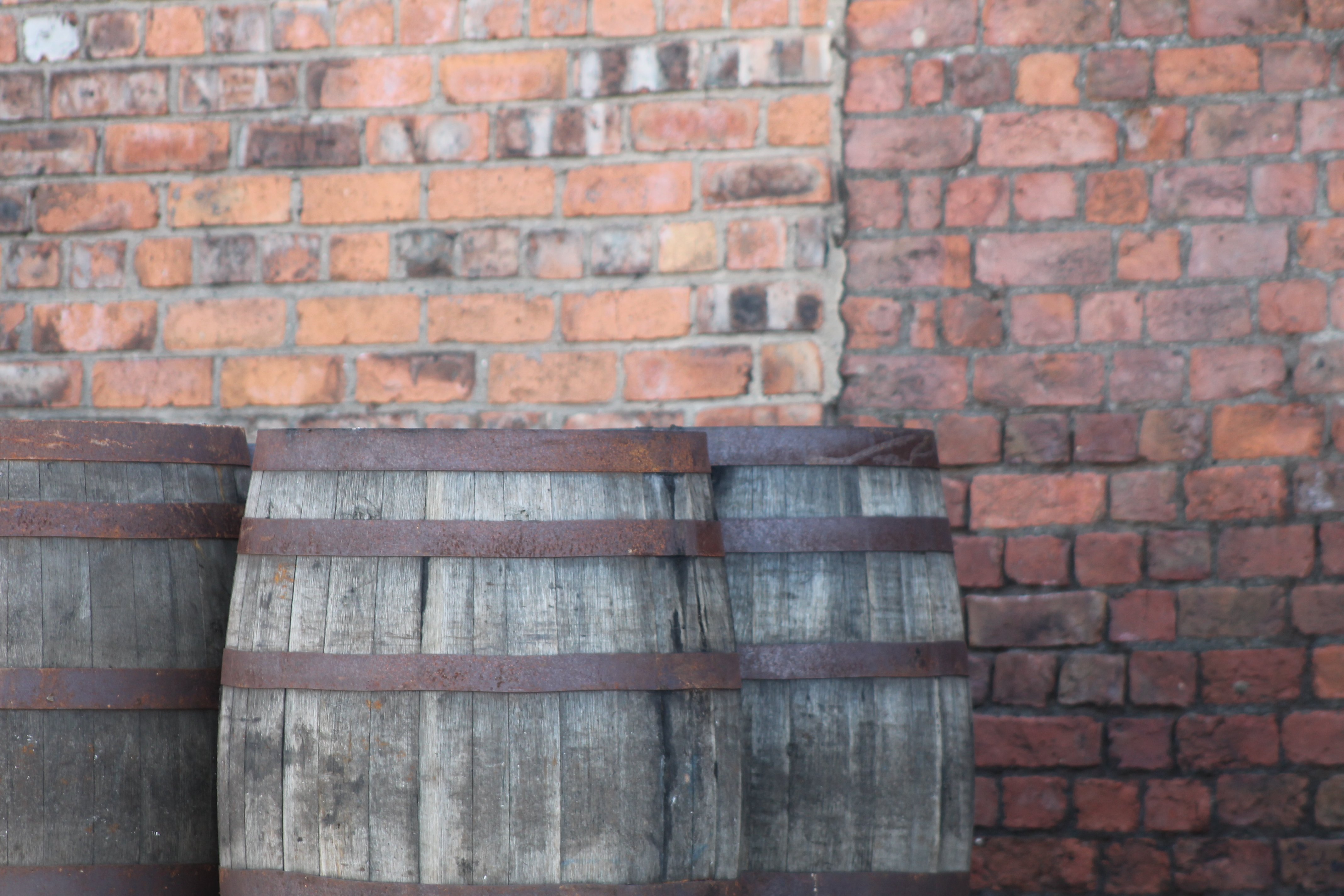



Rum Blending Tool
The Rum Blending Tool represents the first step on the journey to your perfect bespoke Rum blend.
Browse the latest resources & industry insights to learn more about our companies and the Rum world in general.
